
Feeding Global Megacities
What are the best and most sustainable options for addressing the food supply challenges that await as the world's population soars and becomes increasingly urbanized?
Article Content
Countless efforts to feed the global megacities of tomorrow are breaking out all over the world. Scientists are teasing meat production from the lab. Hydroponic engineers are removing the requirement of soil for nurturing plants. Silicon Valley entrepreneurs are applying digital legerde-main to micro-regulate agricultural inputs. Urban farmers in cities ranging from Detroit to Dallas to Mumbai are scratching out plots for growing produce. Food waste activists are turning over every wasted onion to salvage the many that are still good enough to eat.
But will all of this, and more, be enough to sustain a human population that is expected to soar by another two billion people or more before peaking out at about 10 billion individuals around mid-century, as they increasingly pack into already dense urban areas and put stress on the food system that it never before has experienced? And will all this occur as agricultural production drops by as much as the one-quarter that some predict, due to climate change? Success is a vague and perhaps elusive—yet necessary—goal.
“We grow enough food with enough calories for everyone currently living,” says Diana Cuy Castellanos, an Ohio dietitian who studies urban food systems, observing a commonly expressed truth. “The question is what types of foods we’re growing and consuming, and distribution factors.”
Indeed, it’s difficult to overstate that obstacle. “Millions of farmers, companies, consumers, and every government on the planet will have to make changes to meet the global food challenge,” says Andrew Steer, president and chief executive officer of the World Resources Institute, a major nongovernmental organization involved in this issue. “At every level, the food system must be linked to climate strategies as well as ecosystem protections and economic prosperity.”
In Steer’s view, broadly meeting the challenge will require closing three yawning deficits. The first is a 56% “food gap” between what the world produced in 2010 and the food volumes predicted to be necessary in a few decades. The second is a nearly 600-million-hectare “land gap”—an area nearly twice the size of India—between global agricultural lands in 2010 and required agricultural expansion by 2050. And Steer’s third problem is an 11 gigaton “greenhouse gas mitigation gap” between expected emissions from agriculture in 2050 and the level needed to meet the Paris Agreement by most nations (excluding the United States) on climate change.
The biggest urban centers, of course, will determine whether these gaps can be overcome. “Cities can play a pivotal role as catalysts for growth in the system transition,” says Merijn Dols, senior director of open innovation and circular economy for food at Danone. “They can become much more than just aggregators of material and consumption because they’re actually also aggregators of demand and nutrition and ingredients.”
Encouraging Indicators
There are reasons for optimism. They include the fact that American consumers now purchase food products that rate “Great” on the HowGood scale by about 30% over products that rate only “Good” in the Brooklyn, N.Y.–based company’s system that utilizes 126 metrics to come up with sustainability scores. “We see significant uplift when the impact of our food purchases becomes more transparent,” Dols says. “People with money at the shelves vote for the world they want.”
Mehmood Khan, former vice chairman of PepsiCo, has spent much of his career analyzing the challenges of feeding urban centers today and tomorrow, and describes the required progress as a matter of resolving tensions as well as filling gaps.
“It’s not just two billion more people, but that most of them will be living in urban areas,” says Khan, who now is CEO of startup drug maker Life Biosciences. “Urbanization and growth are happening at the same time. Meanwhile, the distance between food producers and food consumers will continue to widen—food sup-ply chains are global, and where people grow isn’t where they live.”.” Khan, who spent several years overseeing research and development for PepsiCo and working on the issue of global sustainability, ticks off some of these tensions:
•National Interdependence. “Every country on the planet imports food, and many export and import at the same time, including the United States,” Khan says. “It’s not like we can isolate ourselves.”
•Farm to table versus the need for scale. “How do we get food in the hands of people living in cities at the same time that the con-sumer is driving more local and fresh and healthy foods, with fewer preservatives? How do we find the technology and practices that can do that?
“If you want to grow lettuce locally and get it into salads, great—but how do you do that with oats, and with other healthy grains, and with dairy? Even with dairy alternatives, you need row crops and fields.”
•Resource demands. This tension is illustrated by the thousands of forest fires that recently ravaged huge areas of the Amazon rainforest in Brazil, devastating the country’s tropical trees and savanna. Regular droughts annually cause many fires, but experts are blaming the largest conflagrations in more than a decade on deforestation to make room for agricultural land.
“We have to figure out how to grow food more sustainably, with-out more fresh water and land,” Khan notes. “About 80% of the freshwater usage on the planet is for agricultural purposes. There’s just no way we can continue to grow 40% more food using current practices.”
•Unaltered food and increasing yields. Best illustrating this tension, of course, is the famous example of “golden rice,” the beta-carotene-rich variety that was developed to battle vitamin A deficiency in the third world. The serious condition is estimated to affect 250 million preschool-aged children around the world and can cause blindness and early death—but golden rice is a genetically modified organism.
Meanwhile, western consumers largely have opposed GMO-containing products. “If you bow to the consumer and don’t want any-thing that’s GMO because of them,” Khan says, “then all the more you will have to put them in a natural environment” and stress existing agricultural resources.
•Needs for protein and the plant-based trend. “If we moderate the consumption of meat and balance it out, not only would we be healthier individually, but our planet would be healthier,” Khan says. “And more important, we could leave it in a way that future generations could thrive as well. If we continue consumption of animal products and meat as we do it now in North America, and the rest of the world begins consuming them at the same rate, we’d have an absolute environmental disaster.”
•Food safety and the problem of waste. It’s possible to figure in a huge leap forward in global feeding capabilities simply by assuming that the world will figure out how to stop throwing away the estimated 40% of food that is wasted at the point of consumption. “We can’t keep doing that at the expense of the carbon footprint,” Khan says, “because agriculture is the second-largest contributor to greenhouse gases” after automotive and industrial pollution.
At the same time, however, harnessing wasted food carries inherent difficulties for food safety because of how long it’s exposed, how much more often it’s handled, and so on. Also, “We can’t package foods in plastic that’s disposable because people don’t want to fill landfills and the ocean with waste plastic,” Khan notes.
“We can say ‘no’ to more plastic being produced, but we don’t want food to be unsafe and contaminated. So how do you distribute it without it being covered in E. coli? We have to sit at the table and develop compostable packaging that is biodegradable.”
•Contradictory policies. The inherent contradictions in many governments’ existing food policies are dramatically illustrated in the United States, Khan says. “The U.S. health and agriculture departments aren’t even aligned on their policies,” he says. “The agriculture department incentivizes a variety of agricultural products, most of which are animal feeds and grains. But the health department says that we need to be cutting down on animal sources and on grains and eat more fruits and vegetables. But there are no government incentives for vegetables.”
The net ineffectiveness of these conflicting priorities is underscored by a status quo in which about 40 million Americans, out of a total population of about 330 million, remain on food assistance even after a decade of growth in the U.S. economy and, these days, record employment. Add in another estimated 20 million Americans who are buying some food through pan-tries subsidized by churches and other organizations, and about 20% of the U.S. population is still experiencing hunger—or what’s become known as food insecurity.
In fact, one of the biggest indictments of the existing supply chain is that America has done a lousy job of eliminating “food deserts” in cities where food, especially fresh produce, remains hard to come by. (See sidebar)
While these tensions seem intractable, Khan says that they must be worked out together by architects of the global food system. “If you want to resolve these tensions, the only way possible to do it is not to point fingers and have everyone in society sit at the same table,” Khan says.
A number of institutions working with the World Resources Institute, including the United Nations and French agricultural research agencies, proposed a menu of solutions, including the following, to overhaul the way the world produces and consumes food to ensure a sustainable food system:
•Reducing growth in demand by cutting food loss and waste, eating healthier diets, and more;
•Increasing food production without expanding agricultural land area via yield gains for both crops and livestock;
•Protecting and restoring natural ecosystems by reducing deforestation, restoring peatlands, and linking yield gains with ecosystem conservation;
•Increasing fish supply by improving aquaculture systems and better managing wild fisheries;
•Reducing greenhouse gas emissions from agricultural production through innovative technologies and farming methods.
But working our way to a revamped and expanded food supply system that functions on a global scale begins one hopeful or promising development at a time.
Of these potential solutions suggested by the World Resources Institute, reducing waste has become a major focus of many players, in large part because it represents potentially huge gains and because so much progress is possible without assuming major leaps in new technologies.
As Dols puts it, “The world needs a system shift, not just addressing waste at the back end but also toward designing and developing products that have both a positive economic and social impact by design.”
Another potentially major contributor to progress in feeding global megacities involves reevaluating regional food systems so that each is much more efficient and self-sustaining than in the current supply chain that stretches around the world just to provide for the demands of a single city.
In greater Pittsburgh, for example, Chatham University recently published its first inventory of the regional “food shed” to provide the most accurate data about exactly who produces, processes, aggregates, and sells food within a 200-mile radius of downtown.
That will help planners deter-mine, for instance, how they can do a better job of getting the local populace baked goods made from buckwheat, a grain historically produced in abundance in Western Pennsylvania but which fell out of favor over the decades as national brands of bread made from wheat took over the market in Pittsburgh and everywhere else.
“We know you can make a great $10 loaf of bread using buckwheat right now,” says Alice Julier, director of the Center for Regional Agriculture, Food and Transformation at Chatham. “But if you want to feed a city, this bread has to be accessible and affordable and one that everyone wants.”
Turning to Technology
But just as humankind has developed new technologies to cope with major setbacks and to launch entire new fields of endeavor over the centuries, technology will have to lead the way if megacities are going to thrive in the decades ahead. That includes technologies that already exist and must accelerate as well as some that haven’t even been envisioned yet.
“Technology will be one of the keys to the food system’s future success,” says Tim Searchinger, senior fellow at the World Resources Institute. “We need both more funding for research and development and flexible regulations to give the private sector incentives to innovate.”
Much of the counted-upon progress assumes vast improvements in stewardship of existing resources that are major inputs in the food supply chain, especially land, light, and water, and new technologies play a huge role in many of them.
One small example that could become significant if multiplied many times over is unfolding in Texas. The State Fair authority in 2016 launched a project that constructed custom-made, raised planter beds to blanket some of the grounds at Fair Park in metro Dallas. These mobile mini plots sat on top of wooden pallets and began to generate produce for urban consumers.
Success in the form of demand prompted State Fair officials to put the plots under cover of a green-house, to harness hydroponic growth systems for dramatically reducing water consumption, and to use hyper-energy-efficient new LED lighting systems supplied by General Electric.
“Now our mission is to produce a million servings of food a year by the end of 2021,” says Drew Demler, director of horticulture for the State Fair of Texas. “We’re trying to squeeze this for everything that it’s worth.”
And for this kind of urban agriculture, Demler asserts, “the sky is the limit. Look at an area like Dallas. You can drive around within a two-mile radius of Fair Park, and land is cheap. There are empty warehouses sitting there doing nothing, available for purchase very cheap, that we could use. And the technology is there to be able to do this at scale.”
Another fledgling effort is unfolding in Mansfield, Ohio, where Ohio State University, the Foundation for Food and Agriculture Research, and other parties established 15 micro farms over the course of three years.
“We’re trying to figure out if we can make urban agriculture viable,” says John Reich, scientific program director for the foundation, a Washington, D.C.–based not-for-profit. “Hopefully we will be able to show how high-yielding small plots can be managed by a single producer and become part of a micro-farm network, united in a farmer co-op, that can generate a great quantity and quality of specialty crops.”
Water conservation, of course, is a huge focus of researchers whose work could eventually add up to a boost in sustaining dense urban populations. And making big leaps in this pursuit depends on new technologies.
For example, T. J. Rodgers, a semiconductor industry legend as founder and chairman of Cypress Semiconductor, has been perfecting an irrigation technology at his California vineyard that relies on sensors and miniature solar panels so that farmers can better control the amount of water their crops need based on factors including the crop itself, the type of soil involved, and the plant’s stage in its life.
Kira Noodleman spends much of every day scouring the world for promising technologies as an investor with Bee Partners, a San Francisco–based venture capital firm that evaluates scores of food tech opportunities every year. She cites a long roster of startups, some of which her company has invested in, that could become the breakout stars of the future and take big chunks out of the challenge of feeding global megacities.
One of her favorite new companies with a shot at making a difference in feeding cities is InnerPlant, a San Francisco–based digital startup. The company’s technology essentially turns plants into biosensors connected to an agricultural Internet of Things. Detecting biotic and abiotic stresses within hours, InnerPlant’s technologies provide early detection of pathogens and nutrient deficiencies from plants in the fields.
The company genetically modifies seeds to produce more of certain enzymes that plants already generate when they’re water deprived. Monitoring systems will be able to pick up on the stress being felt by the plants in two ways. The first is using bioluminescence to generate “optical signals” that machines can pick up. The second is InnerPlant’s use of “sentinel plants” that would be placed every, say, 20 feet, and be tagged with sensors to communicate the moisture conditions in that section of a field.
“We’re talking about combining microbiology with electrical engineering,” Noodleman says. “What’s special and unique here is the mixing of technologies that hasn’t happened before. There are six things at once going on here that, five years ago, occurring on their own, would be opportunities for us to look at.”
The Impact of Meat Alternatives
Noodleman’s Exhibit A is how meat analogue giants such as Beyond Meat and Impossible Foods have created a huge market for plant-based burgers in just a few years, using lab-formulated technologies. If they become truly mainstream products, they could basically level the resource demands between animal and plant proteins and render moot that part of the debate over the merits of the two types of diet.
“In 2013, as they started up, the cost of creating a single cell-cultured meat patty was $250,000,” Noodleman says. “Now, within two years, the projections are that the price for consumers will go down to $1 apiece. That’s aggressive. But it gives you a sense of what you can accomplish with scale. It shows you that the science for producing synthetic food works, but it’s no longer just a scientific challenge—it’s an engineering one.”
Other startups working feverishly to advance lab-grown animal proteins include Mission Barns, a Berkeley, Calif.–based enterprise that uses “cellular agriculture” to create “a better way to make meat” by growing animal products in the lab, directly from cells. Its process begins by isolating cells from farm animals then culturing the cells as they would grow in a cow, chicken, or pig by feeding them specially formulated media in bioreactors. Bioreactors are large fermentation chambers for growing organisms such as bacteria or yeast under controlled conditions, for the bio-conversion of organic waste or for production of substances such as drugs, antibodies, or vaccines.
After the cells multiply and mature into tissue, Mission “harvests” the meat and it’s ready for consumption. One of many start-ups in pursuit of cultured meats, Mission Barns was founded by Eitan Fischer, former director of cellular agriculture for Hampton Creek, an early originator of plant protein products.
Moving to the sea, another San Francisco-based startup, Wild Type, has been cultivating salmon in a lab using similar methods, starting with minced salmon and lox on its way to producing full-size filets. A number of obstacles remain in the way of commercial production, including the fact that, at the moment, Wild Type’s salmon can only be served raw. And at cur-rent prices—about $200 a pound—commercialization remains some time away.
But for Noodleman, the bigger promise for feeding huge cities lies in new technologies that move the main locus of food production from the rural field or even urban farming plot to the city laboratory.
Rethinking Farm to Table
“The whole idea of farm-to-table may not exist in this future,” Noodleman says, “because a lot of goods won’t be coming from the farm but from local centers in the city. And to do it, you’ll only need lab space, like you need office space now—if you simplify it, that’s what it is. There’s more sustainability. Food will be closer to the people eating it. There won’t be a long cycle of logistics, and goods that are out-of-season and not fresh. Once it’s scaled up, it’ll be cost-effective and efficient.”
Before cities will be fully fed from mere laboratories down the street, indoor agriculture startups are among those showing great promise for creating a long transition. For example, there is 80 Acres Farms, which has spent nearly five years building one of the most sophisticated hydroponic farming operations in the world under-roof on the outskirts of Cincinnati. Another example is Farmshelf, a Brooklyn-based startup that sells indoor hydroponic systems to restaurants and other companies, with visions of becoming a major urban supplier. (See sidebar)
This is where vertical farming also gets a lot of attention, with the idea of running rows of many varieties of crops up the sides or insides of apartment towers and skyscrapers, to create microcosms of proximate food production that could take care of most of the plant-based dietary needs of city residents.
But instead of a vision, many experts say the notion of main-stream, high-yield vertical farming—especially on the outside of buildings—is more of a pipe dream. For one thing, at this point, the approach has been proven financially and technologically feasible mainly for only leafy greens.
Expansive vertical farming “is feasible but highly subject to climate and wind conditions,” says Daniel Safarik, editor at the Council on Tall Buildings and Urban Habitat in Chicago. “I mean you can harvest apples at 1,000 feet, but would it be worth it?”
Besides, Safarik notes, one of the standard assumptions about vertical farming being able to sup-ply vast dietary needs is that “people in the future will live in very tall buildings stacked on top of each other. But people like to live more spread out, mostly in 20- to 50-story buildings.”
Thus it will be for the companies, organizations, and people on whom cities will depend for feeding themselves over the next decades: promise and progress, offset by human nature and yearnings that are innate to the species. The future diet of the world hangs in the balance.



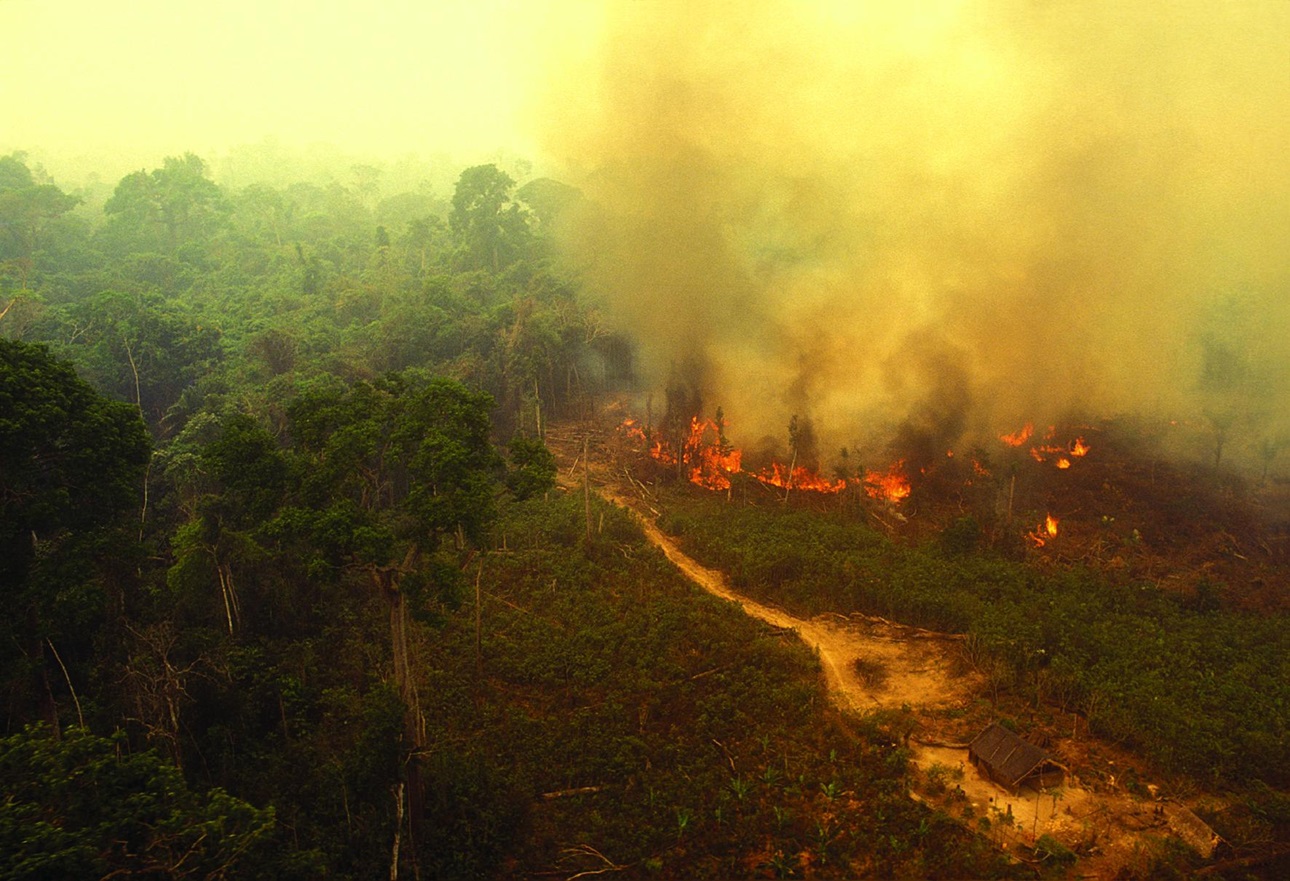



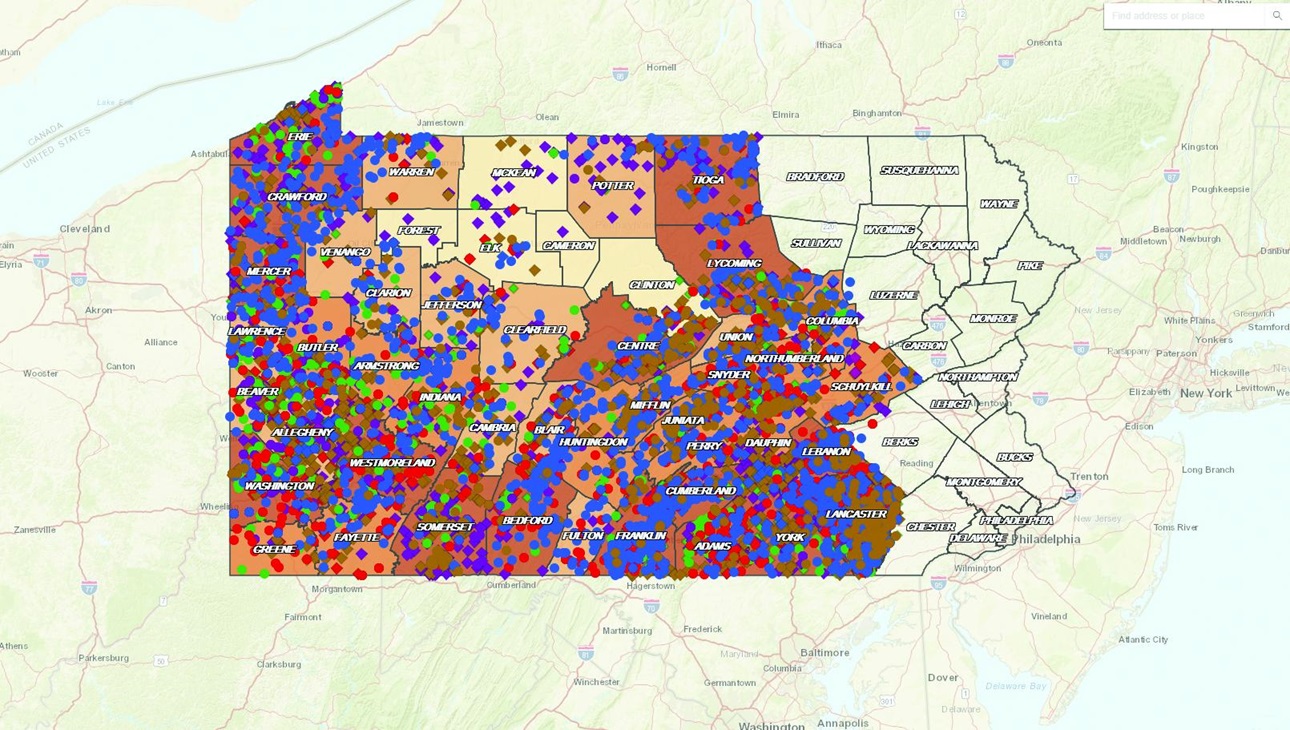

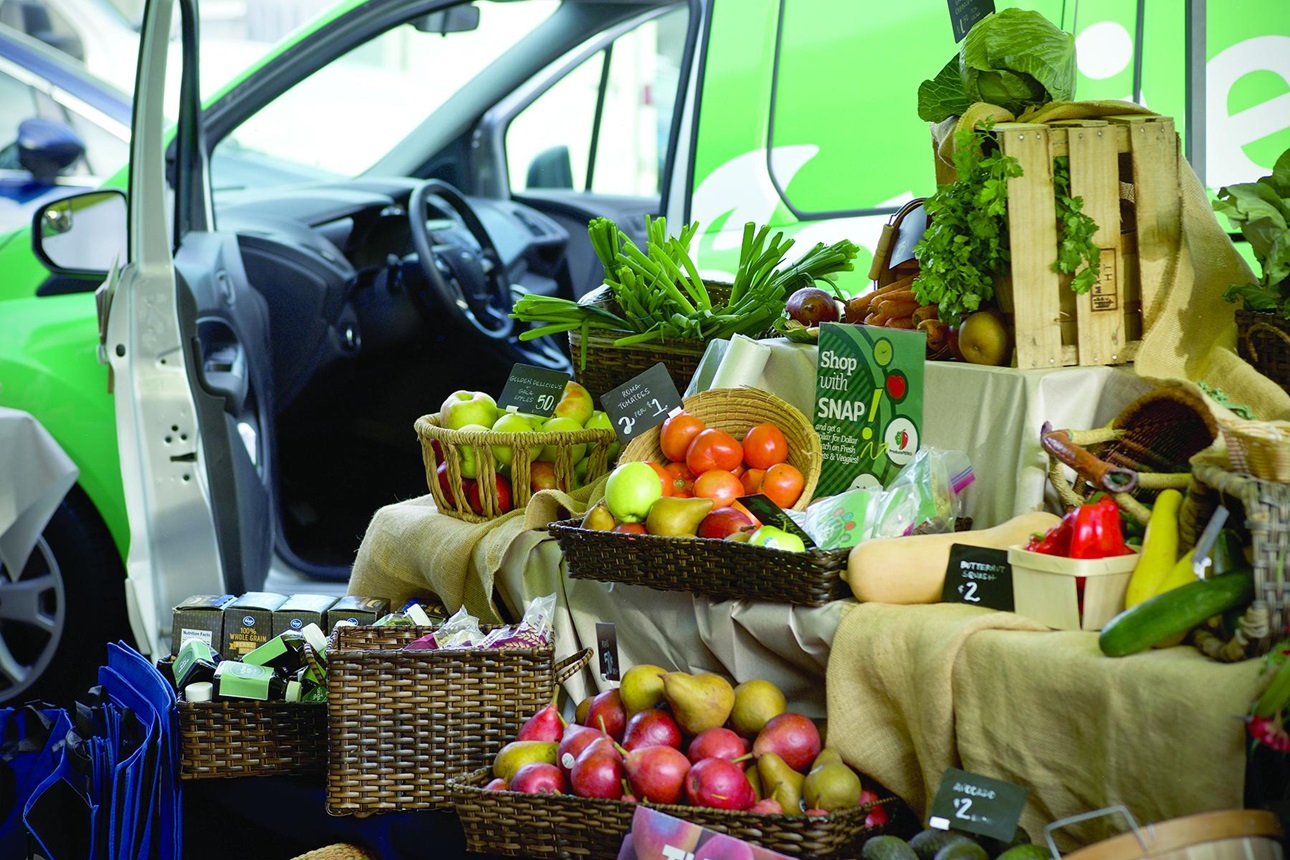

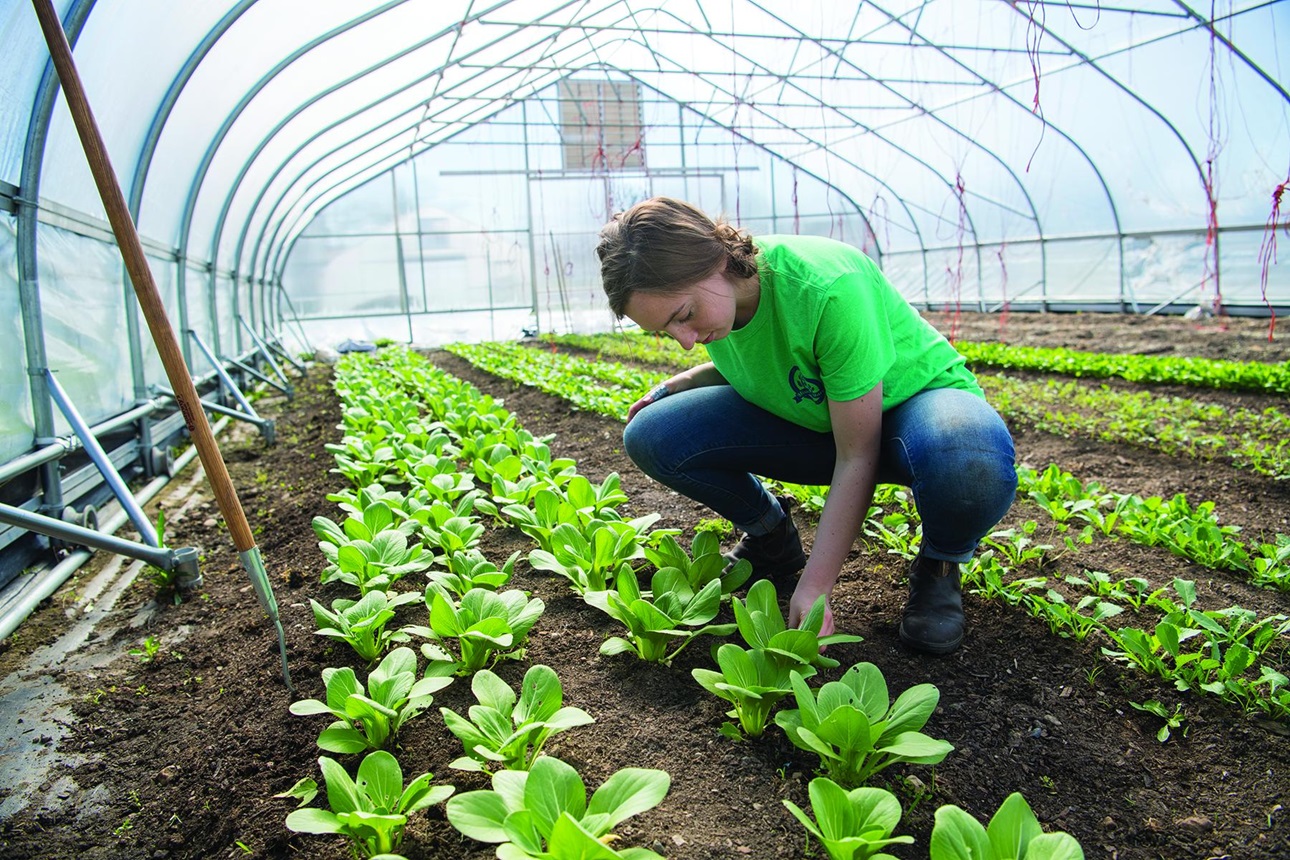

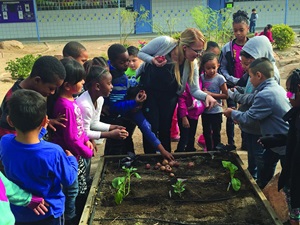 Battling “food deserts” has been a priority of many policymakers, not-for-profit groups, and even companies for at least a decade now. But if solving this gaping hole in America’s urban food system could be considered a test run for the much larger challenge of feeding the global megacities of the future, the world is in trouble—because these vast food deserts largely persist.
Battling “food deserts” has been a priority of many policymakers, not-for-profit groups, and even companies for at least a decade now. But if solving this gaping hole in America’s urban food system could be considered a test run for the much larger challenge of feeding the global megacities of the future, the world is in trouble—because these vast food deserts largely persist.

